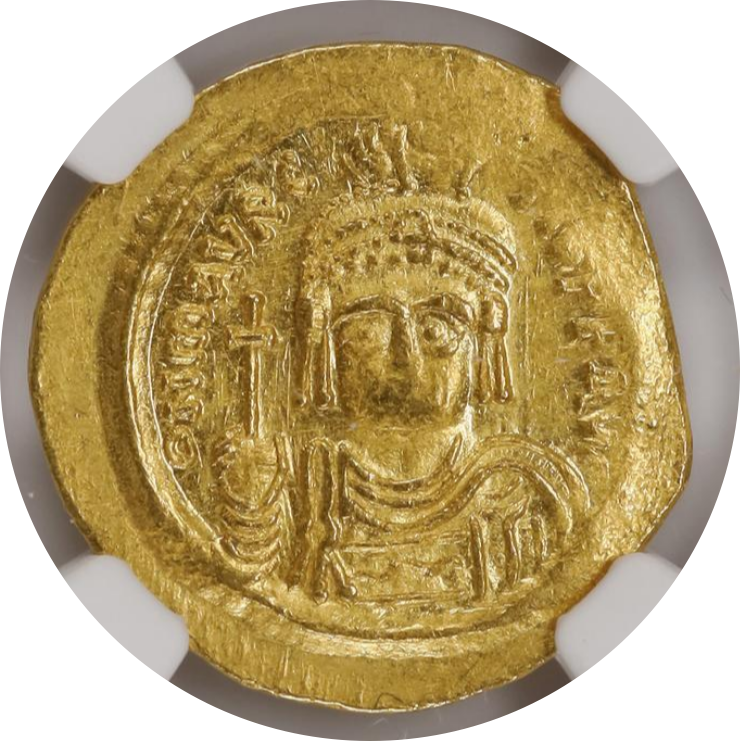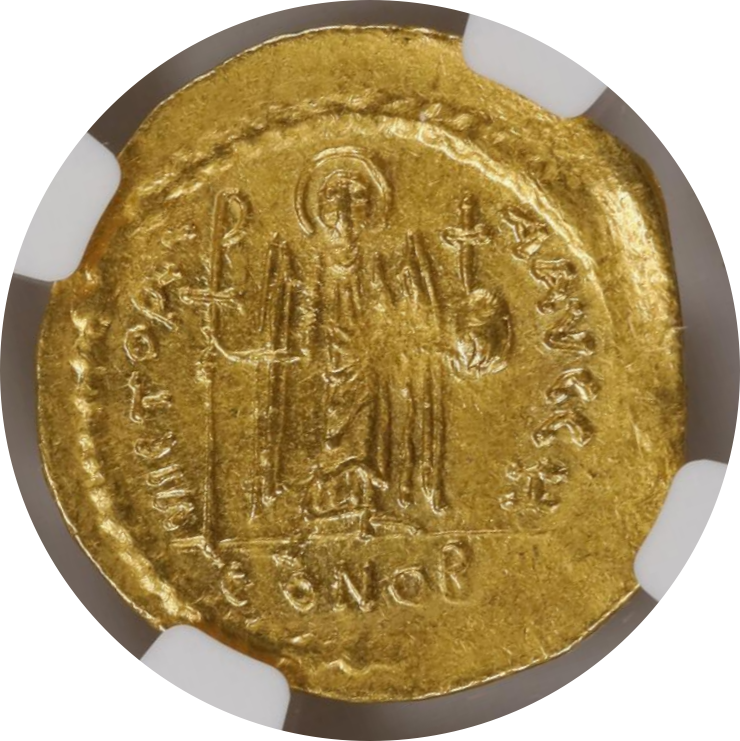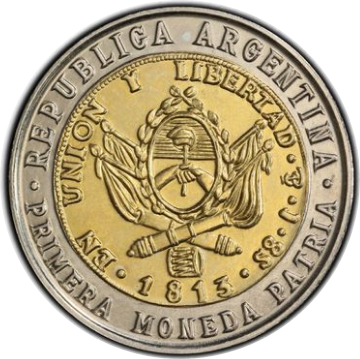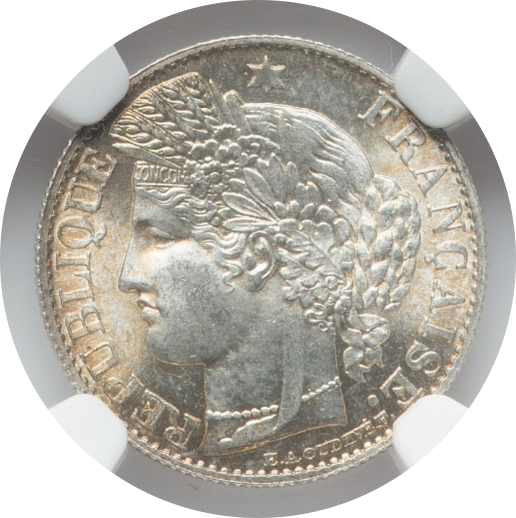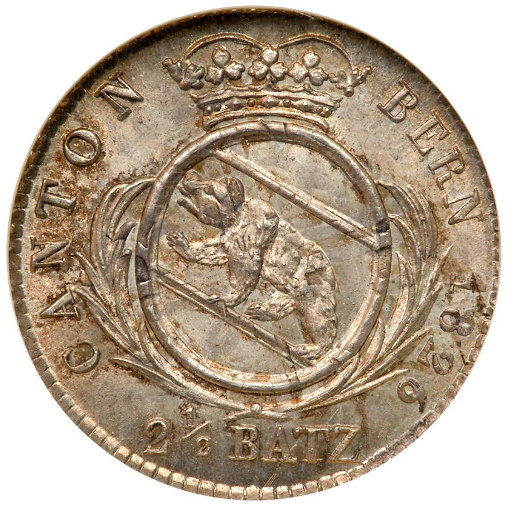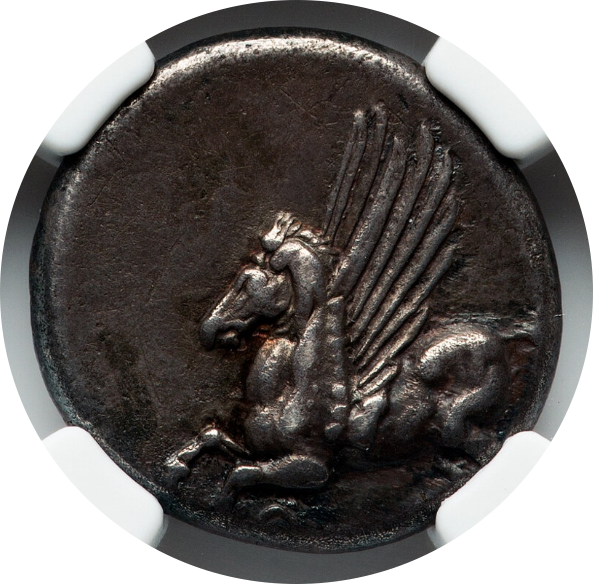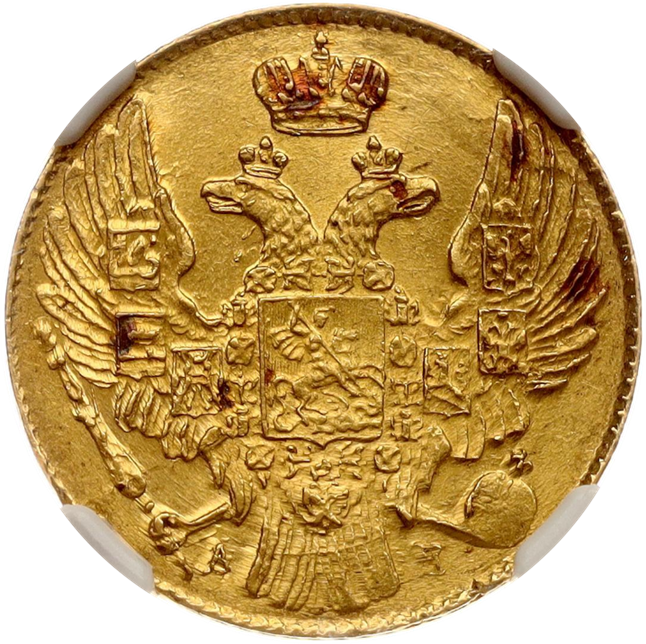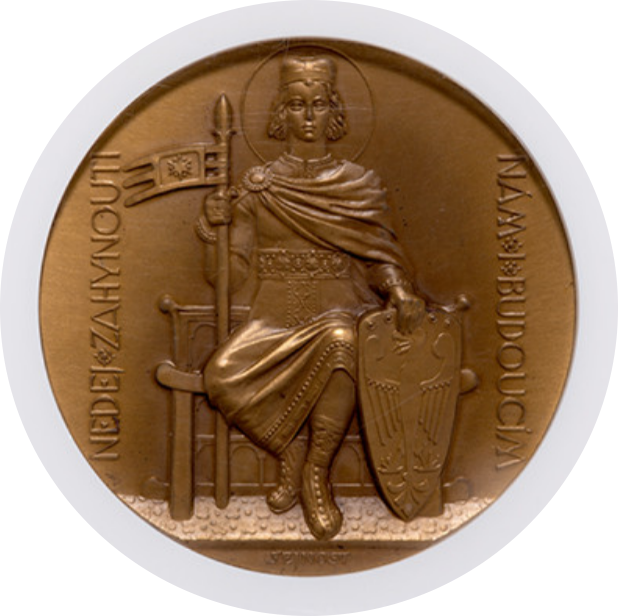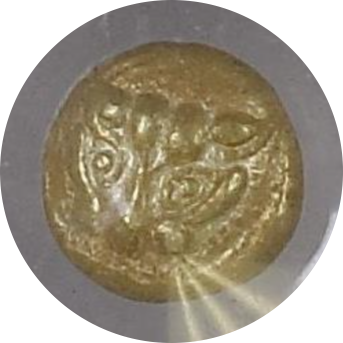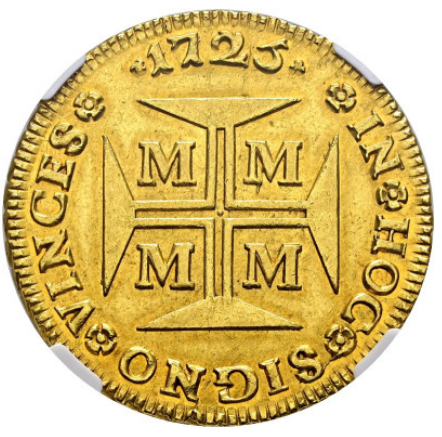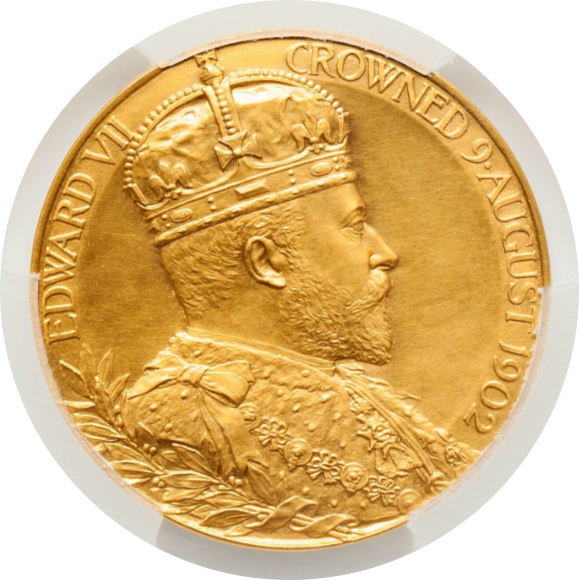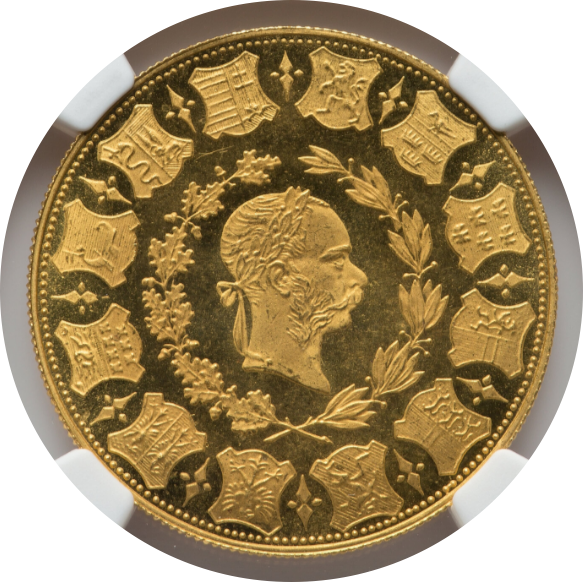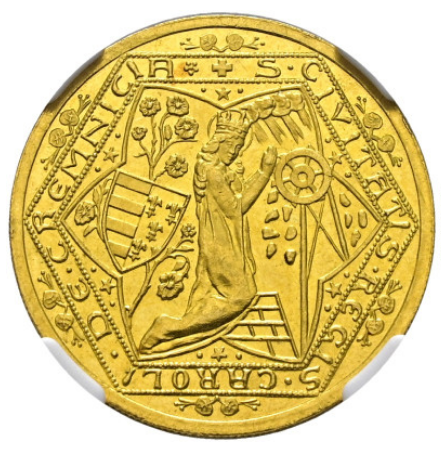Roll over image to zoom in
A Byzantine Coin of Outstanding Global Popularity!
A precious gold coin that embodies both historical significance and artistic beauty.
From the world of highly sought-after Byzantine coinage, this particular gold coin stands out for its exceptional preservation and market appeal.
Design
-
Obverse: Portrait of Emperor Maurice Tiberius
-
Reverse: An angel holding a scepter in the right hand and a cross in the left, with the inscription “CONOB” below
(Note: “CONOB” indicates the coin was struck in Constantinople using pure gold. Although there were other mints across the empire, only Constantinople issued gold coinage.)
Condition
AU (About Uncirculated)
-
Strike: 3/5
-
Surface: 4/5
Coin Details
-
Date of Issue: 582–602 CE
-
Issuing Authority: Byzantine Empire (Eastern Roman Empire)
-
Denomination: Solidus
-
Material: Gold
-
Weight: 4.19g
-
Obverse: Portrait of Emperor Maurice Tiberius
-
Reverse: Angel holding a scepter and cross, “CONOB” below
-
NGC Grade: AU (Strike: 3/5, Surface: 4/5)
-
NGC Certification Page: https://www.ngccoin.com/certlookup/6710590-009/NGCAncients/
Highlights
★ Rarity
While many gold coins from this period have survived, high-grade examples are exceptionally rare.
This coin is also notoriously difficult to find on the market, as collectors rarely release them.
★ Condition
-
Graded AU (About Uncirculated)
-
The strike is rated 3/5, and the surface 4/5—excellent for a coin that is over 1,400 years old
-
The gold surface retains much of its original brilliance, with strong detail and minimal wear, making it an extraordinary survivor of its era
★ Market Appeal
Maurice Tiberius (r. 582–602 CE) was a stabilizing figure in the Byzantine Empire, known for his military successes and administrative reforms.
He ended long-standing conflict with the Sassanid Persian Empire, expanded the empire’s territory, and strengthened its finances.
He also repelled northern threats from the Avars and Slavs, securing the Danube frontier in 599.
However, increased war expenses led to tax hikes and pay cuts, causing discontent that ultimately sparked a military rebellion in 602, leading to his overthrow and death.
This ushered in a period of political turmoil, only restored by Emperor Heraclius (r. 610–641), who famously reclaimed the True Cross from Persia.
Coins like this solidus—issued during a time of imperial transformation—are not only historical artifacts but symbols of the empire’s enduring strength.
The reverse design, depicting a cross and angel, reflects the deep connection between church and state in the Byzantine world.
Legacy of the Solidus
The solidus was widely used throughout the empire and became the most trusted gold currency in international trade.
Its consistent gold purity made it a preferred coin across Europe and the Middle East.
However, centuries of war and turmoil mean that well-preserved solidi like this are increasingly scarce, especially with such clear details and strong surfaces.
Artistic and Collectible Value
Byzantine coins are admired globally for their elegant style and cultural resonance.
With intricate religious symbolism and refined engraving, these coins are often described as miniature works of art.
Many collectors specialize in Byzantine coinage, drawn by the empire’s dramatic history and artistic legacy.
Due to growing demand and limited supply, Byzantine coins are also becoming increasingly valued as investment assets.
A Golden Witness to History
This rare solidus of Maurice Tiberius is an emblem of a pivotal era in the Byzantine Empire—a piece of history that has crossed centuries to reach us today.
Whether for collection, scholarship, or investment, it offers unparalleled beauty and depth.
Add this exceptional example of ancient imperial heritage to your collection—a coin that continues to tell its story through time.
Maur.Tiberius, AD 582-602 BYZANTINE EMPIRE AV Solidus
Current price
$133.00
Minimum per share price.
10 shares
available (The maximum allowable
purchase is 5 shares per
transaction.)
Share Quantity

